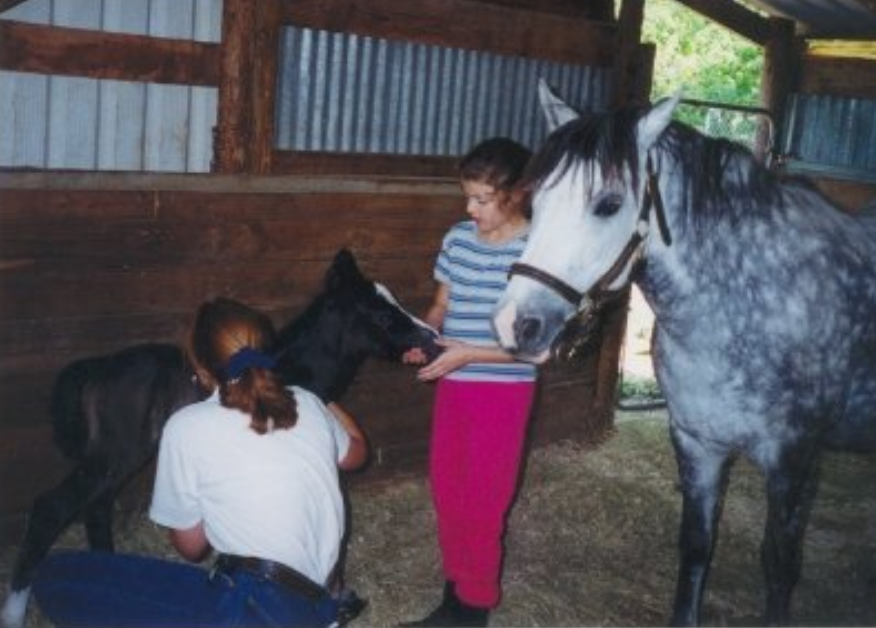By Evie M. ’25, B.S. in Biomedical Sciences
My path through undergrad as a pre-professional student has taught me many life skills, one of those being to set aside time to rest and refresh so I can put my best foot forward in whatever I involve myself with. As someone who grew up in College Station, I’m also frequently asked by peers about my favorite recreational spots in the Bryan-College Station area.

I’m an outdoorsy person, so the first thing that comes to mind is the area’s extensive parks system, which is great for walking, studying, getting some exercise, or picnicking with friends. Some parks I enjoy are Brison, which is close to campus and has beautiful, well-established trees, and Mabel Clare Thomas, which has a running track and tennis and basketball courts. I also recommend Lick Creek, which is a great spot for hiking.
Texas A&M has beautiful areas as well, including the Leach Teaching Gardens, the recently built Aggie Park, and, of course, the School of Veterinary Medicine & Biomedical Sciences’ (VMBS) courtyard, with its view of neighboring pastures.
One of my favorite things to do in town is visit the farmer’s market that meets on Saturday mornings in Downtown Bryan. Local growers let down their tailgates and set up tents, laying out homegrown vegetables, freshly baked breads, homemade soaps, eggs, and much more on their tables. This is a pet-friendly spot, and some of the sellers keep dog treats on hand!
Another spot to check out in Bryan if you want to get some exercise is the Bryan Aquatic Center, which is open year-round for lap swimming; their outdoor pool is kept heated.
If you enjoy being artistic, there are several art studios in town.
U Paint-It has shelves of pottery for participants to select from, paint, and then have fired. The Larry J. Ringer Library offers several recreational opportunities, hosting crafting events and speaking on topics such as gardening; one night, they set up a telescope powerful enough to see Saturn’s rings! The George Bush Library also hosts free community events, including evenings with performances and fireworks or outdoor movie nights.
There are many local artists to support as well, including the Brazos Valley Symphony Orchestra, Brazos Civic Orchestra, or The Theater Company of BCS, which puts on musicals year-round for community members to enjoy or participate in. Spirit Ice Arena has figure skating showcases and also offers adult skating lessons and public skating.
Of course, one of my favorite Texas staples is the spring bluebonnets that grow wild all over the region, and there are plenty of them in College Station — you can find lots in the Leach Teaching Gardens, including Texas Maroon Bluebonnets!
A fun early summer activity is to find a local berry farm and pick blueberries or strawberries. Also, just down the road in Brenham, you can visit the creamery where Blue Bell’s ice cream started and the Antique Rose Emporium, a nursery that preserves historic roses.
This list just scratches the surface of things to enjoy in the Bryan-College Station area, with Texas A&M offering many opportunities to participate in groups and events as well.
The next time you take a break from studying, or if you come to College Station for a visit, take a minute to explore and try something new!

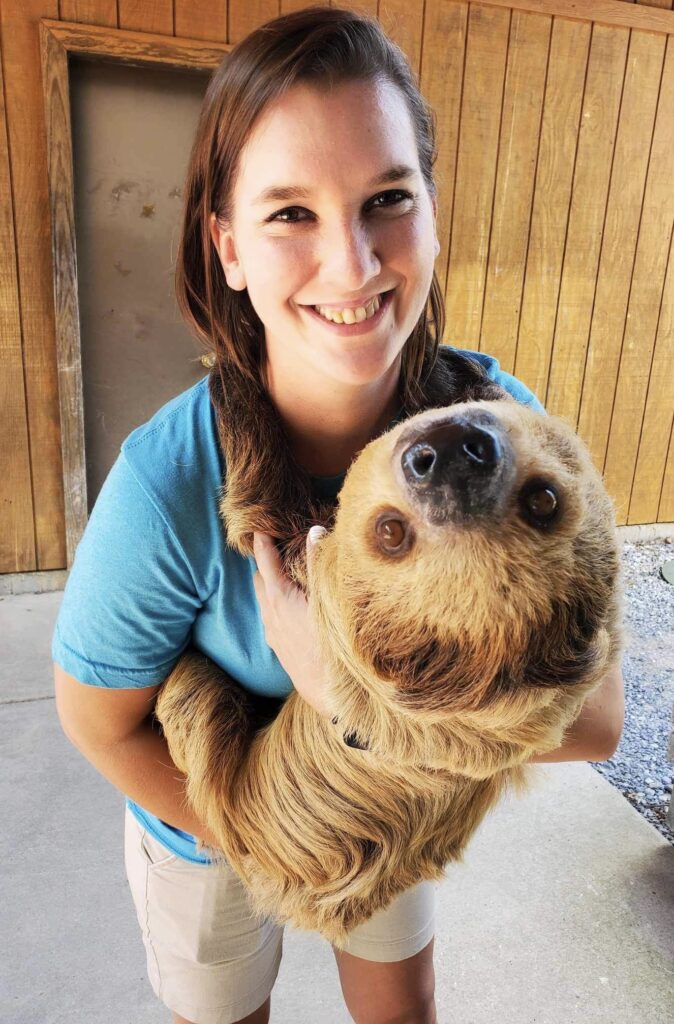
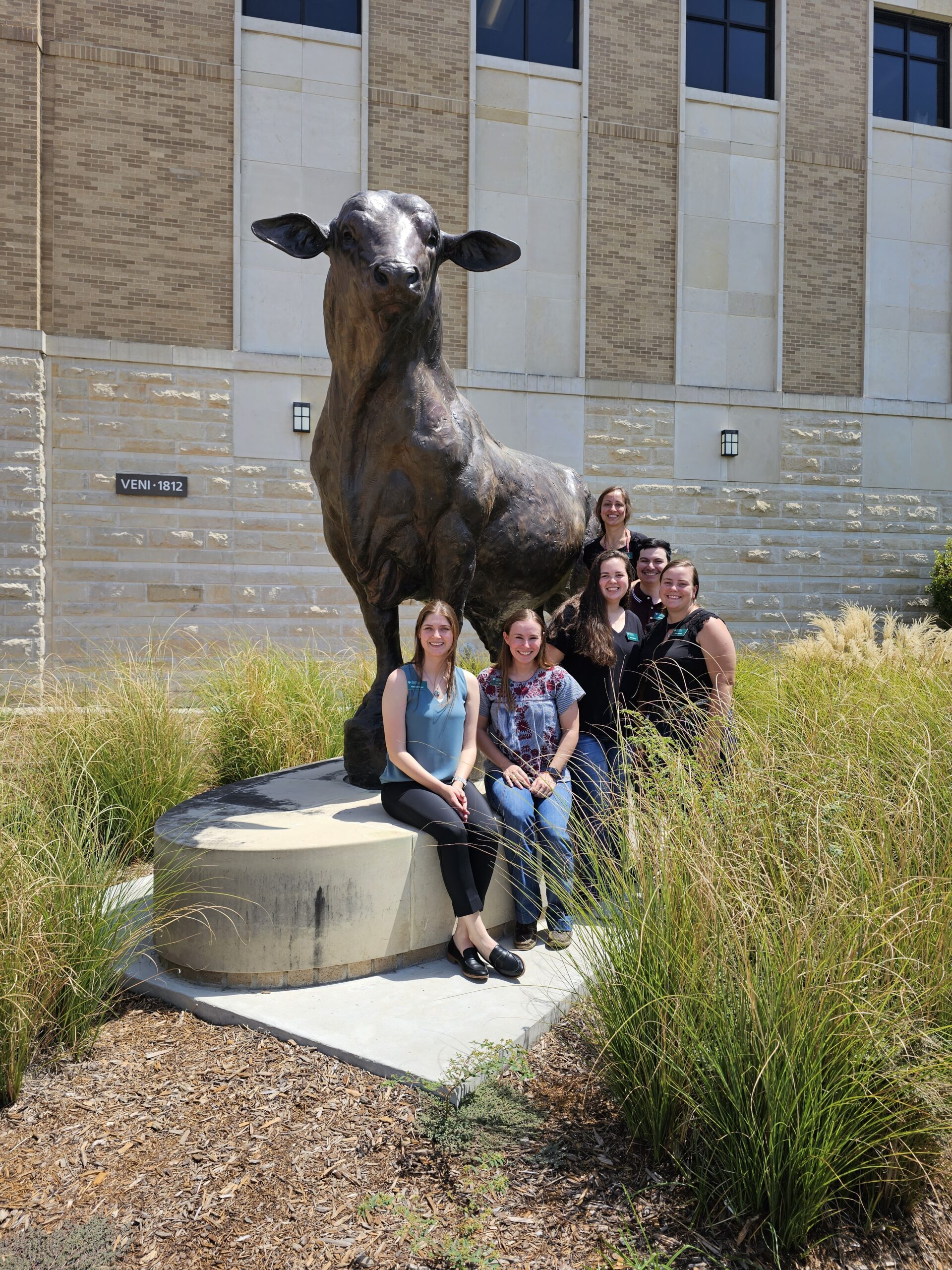
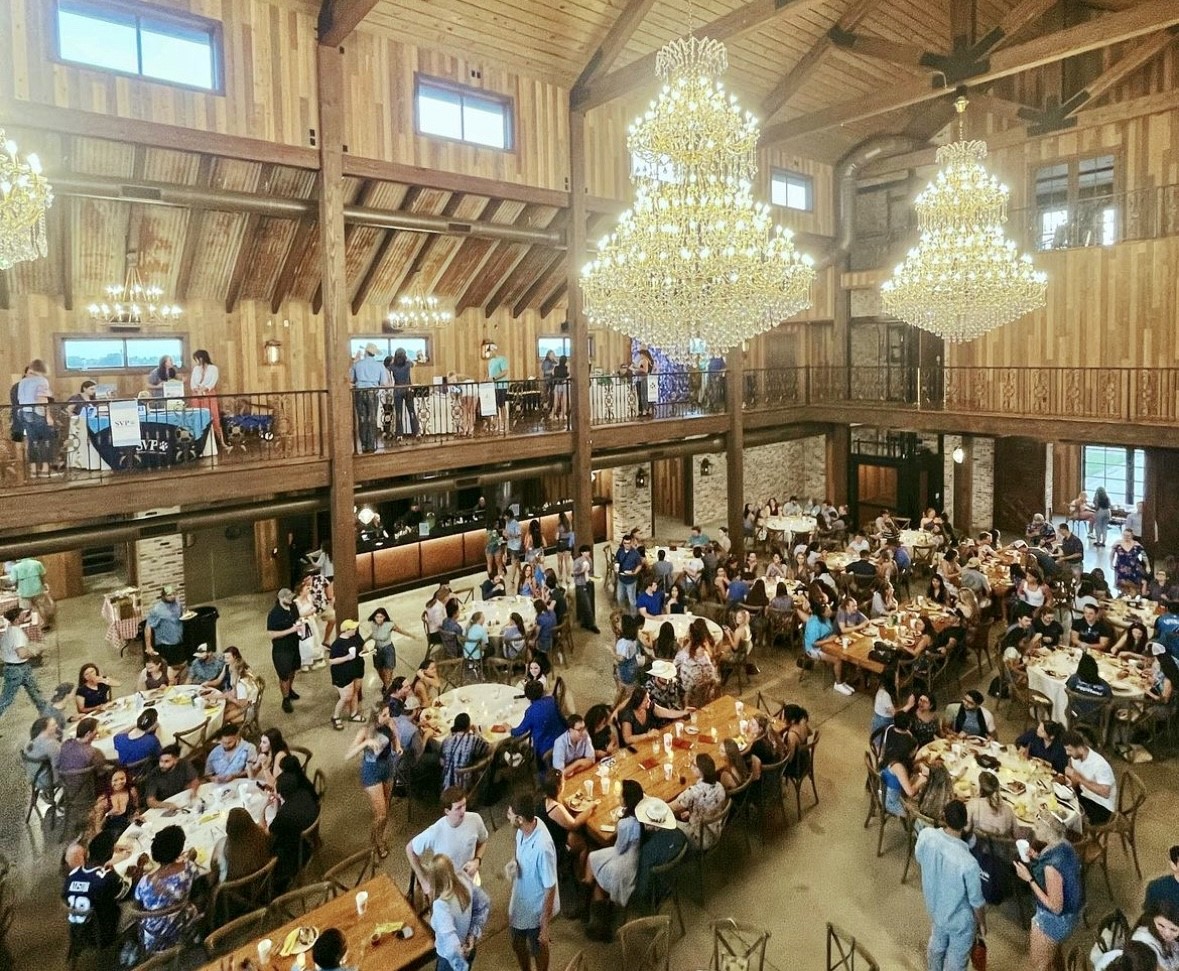
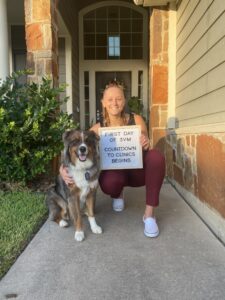


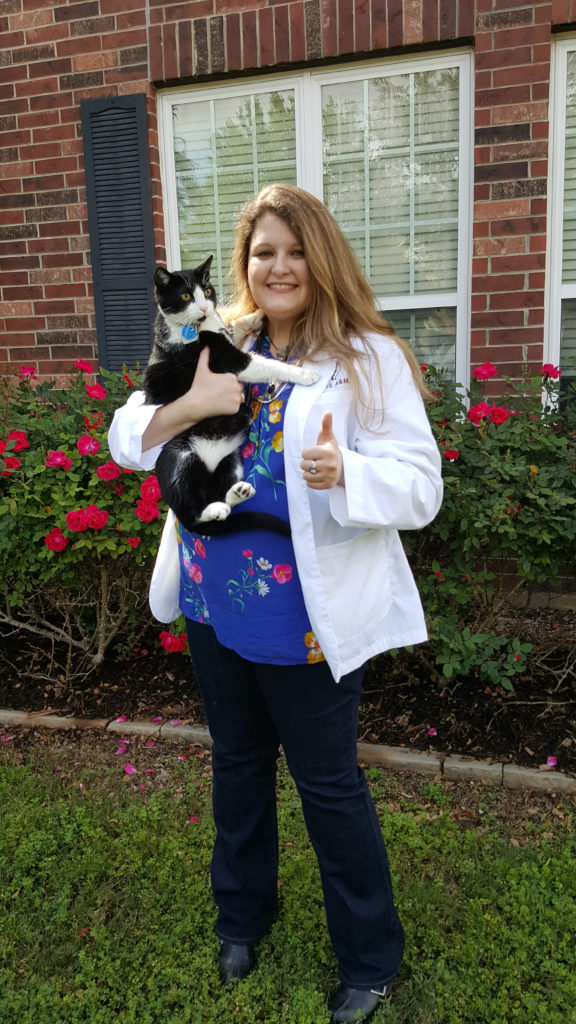
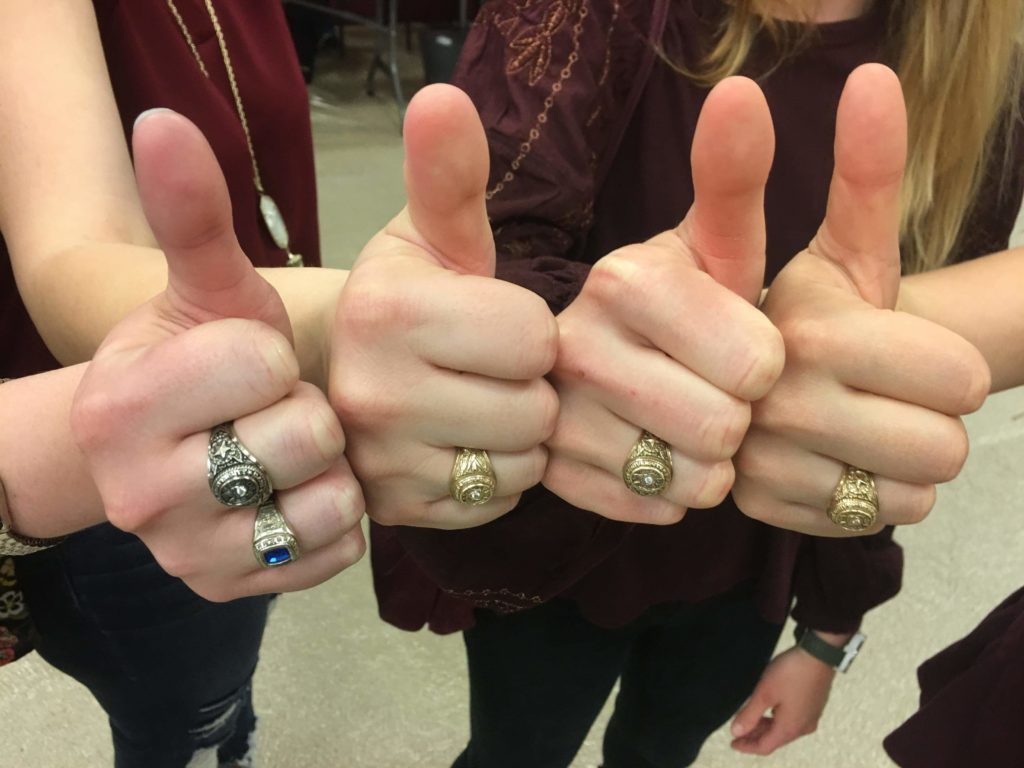 On Aggie Ring Day, we had a lovely dinner at Madden’s in Bryan (definitely recommend), and three of my close friends joined us for my ring ceremony. The evening was filled with love, support, and pride for all of the hard work that underscores the journey to receive one of these rings.
On Aggie Ring Day, we had a lovely dinner at Madden’s in Bryan (definitely recommend), and three of my close friends joined us for my ring ceremony. The evening was filled with love, support, and pride for all of the hard work that underscores the journey to receive one of these rings.